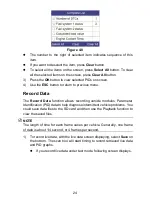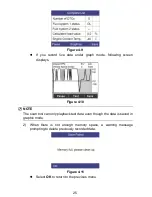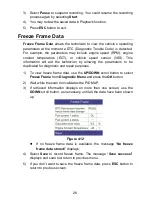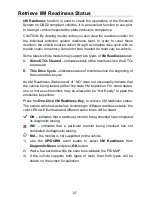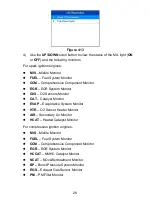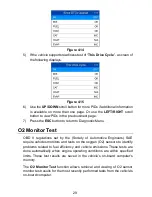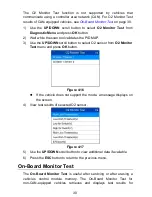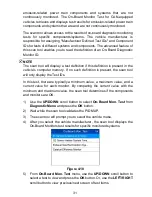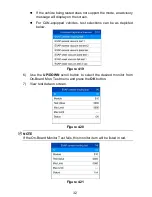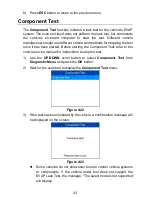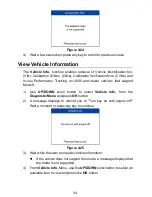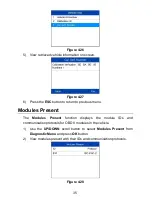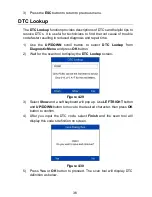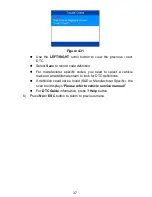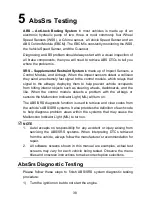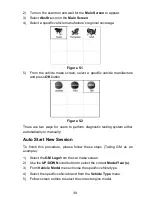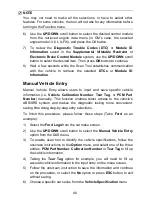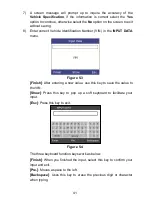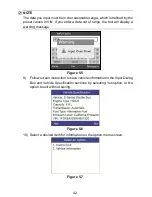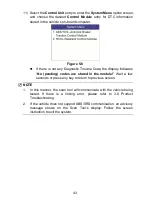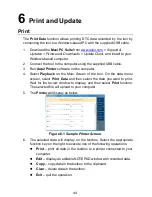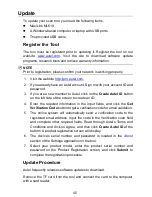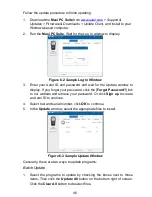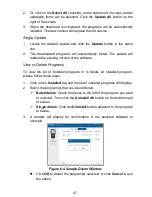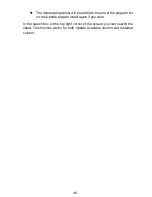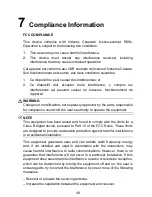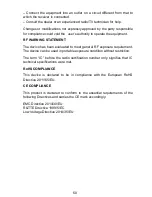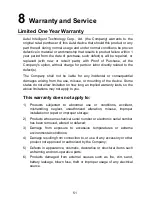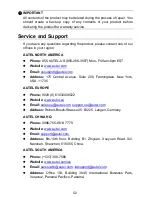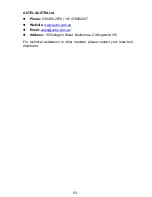
38
5
AbsSrs Testing
ABS
– Anti-lock Braking System
in most vehicles is made up of an
electronic hydraulic pump of two, three or most commonly four Wheel
Speed Sensors (WSS), a G-force sensor, a Vehicle Speed Sensor and an
ABS Control Module (EBCM). The EBCM is constantly monitoring the WSS,
the Vehicle Speed Sensor, and the G-sensor.
Diagnosing an ABS problem should always start with a visual inspection of
all brake components, then you will need to retrieve ABS DTCs to tell you
where the problem is.
SRS
– Supplemental Restraint System
is made up of Impact Sensors, a
Control Module, and Airbags. When the impact sensors detect a collision
they send an extremely fast signal to the control module, which relays that
signal to the airbags, deploying them to help prevent vehicle occupants
from hitting interior objects such as steering wheels, dashboards, and the
like. When the control module detects a problem with the airbags or
sensors the Malfunction Indicator Light (MIL) will turn on.
The ABS/SRS diagnostic function is used to retrieve and clear codes from
the vehicle
’s ABS/SRS systems. It also provides the definition of each code
to help diagnose problem areas within the systems that may cause the
Malfunction Indicator Light (MIL) to turn on.
NOTE
1. Autel accepts no responsibility for any accident or injury arising from
servicing the ABS/SRS systems. When interpreting DTCs retrieved
from the vehicle, always follow the manufacturer
’s recommendation for
repair.
2. All software screens shown in this manual are examples, actual test
screens may vary for each vehicle being tested. Observe the menu
titles and onscreen instructions to make correct option selections.
AbsSrs Diagnostic Testing
Please follow these steps to finish ABS/SRS system diagnostic testing
procedure:
1) Turn the ignition on but do not start the engine.

